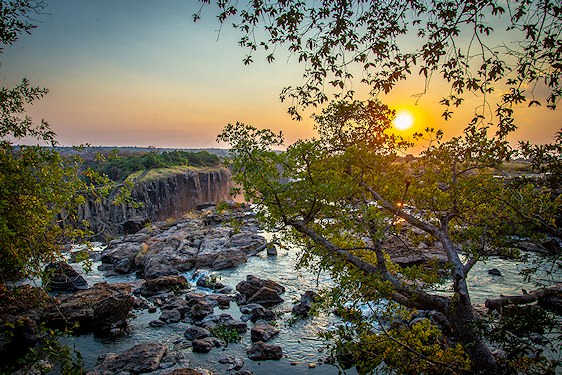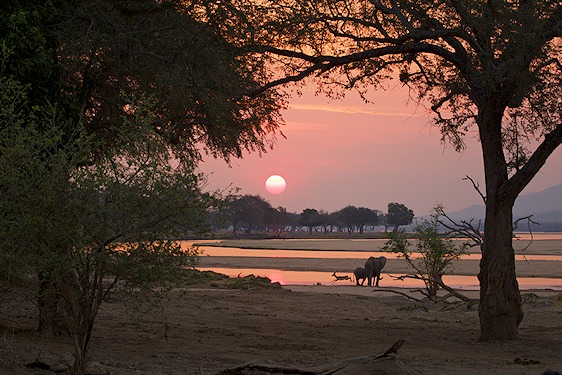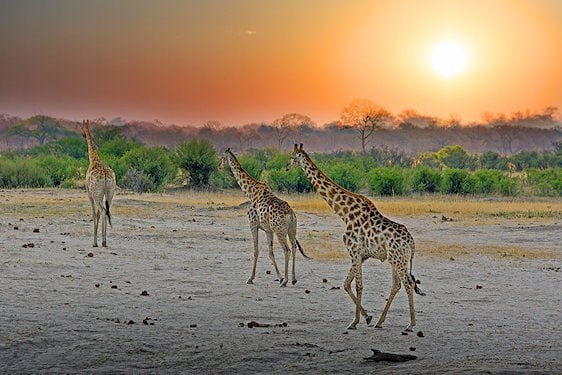Zimbabwe Travel Destinations and Vacations
Help Me Plan- Home
- >
- African Travel
- >
- Zimbabwe
Zimbabwe Destination Guide
Here’s the essential info for planning a visit to Zimbabwe — from how to get there to seasons, visas, and getting around.
Getting to Zimbabwe
International arrivals typically route via Victoria Falls (VFA), Harare (HRE), or Bulawayo (BUQ). Hwange is reachable by road or short flights from Victoria Falls. Mana Pools is commonly accessed via Harare and then a charter flight to park airstrips (or a guided road transfer).
Weather & Best Time to Visit
- Dry season (May–Oct): Clear skies; coolest nights Jun–Aug; peak wildlife viewing in Sep–Oct as water sources shrink.
- Green season (Nov–Apr): Lush landscapes and outstanding birding; some areas become hot and humid and may have seasonal road closures.
Visa Information
Zimbabwe offers e-visas and visas on arrival for many nationalities. The KAZA UniVisa (when available) covers Zimbabwe and Zambia for up to 30 days and allows day trips to Botswana. Always check the latest entry rules before travel. Official Zimbabwe Visa Information and Application Process..
Medical Considerations
Malaria is present in many regions — consult your physician about prophylaxis and bring repellents. Keep routine vaccinations current; Hepatitis A and typhoid are commonly recommended. A yellow fever certificate is required if arriving from or transiting through risk countries.
Safety
Use reputable operators, follow guide instructions around wildlife and rivers, and keep valuables secure — especially in busy areas. Most safaris run smoothly and safely.
Traveling Around
Road transfers use comfortable, air-conditioned vehicles where road conditions permit. In parks, open 4x4 vehicles are used for game drives. Remote areas are efficiently linked by light-aircraft charters; soft-luggage limits (often ~15–20 kg) typically apply.
Top Travel Destinations in Zimbabwe
Zimbabwe is home to the iconic Victoria Falls and a wealth of exceptional wilderness areas for safari vacations.
Marvel at the thundering cataracts of Victoria Falls and savor sunsets over the Zambezi River.
Zimbabwe’s premier Zambezi Valley park — famed for walking, canoeing, and close wildlife encounters.
Zimbabwe’s largest park, renowned for elephants, predators, and classic dry-season viewing.
Zimbabwe Vacation Options & Travel Tips
Trips range from awe-inspiring Victoria Falls visits to deep-wild safaris in Hwange, Mana Pools, and beyond.

Tours, Safaris & Honeymoons
Browse our thoughtfully crafted safari tours.

Tailor-Made Vacation Packages
All our tours and safaris can be customized.

Travel Tips & Advice
Important information about visiting Southern Africa.
Other Recommended Travel Destinations in Zimbabwe
Beyond Victoria Falls, Hwange, and Mana Pools, Zimbabwe offers historic ruins, highland escapes, and remote wilderness areas.
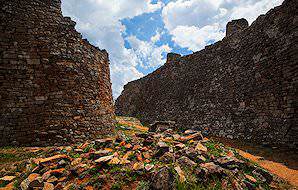
Great Zimbabwe
Explore the vast stone ruins of this city, dating from the 11th–15th centuries, a UNESCO World Heritage Site and national symbol.
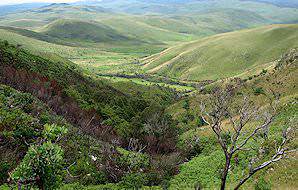
Nyanga National Park
Cool Eastern Highlands park with rolling hills, waterfalls, and a range of antelope species.
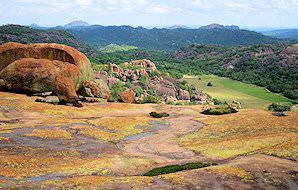
Matobo National Park
Known for its granite kopjes, ancient rock art, and protected rhino populations.
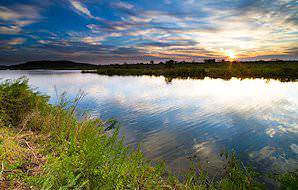
Gonarezhou National Park
Remote southeastern park with dramatic cliffs and large elephant herds.
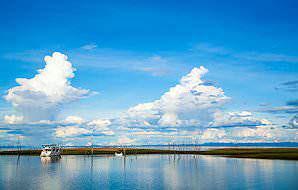
Lake Kariba
Relax on a houseboat, enjoy stunning sunsets, and try world-class tiger fishing.
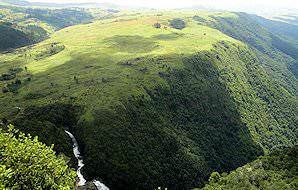
Eastern Highlands
A cool mountain chain with lush forests, misty peaks, and scenic hiking trails.
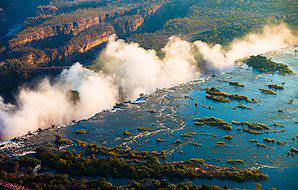
Victoria Falls & Zambezi National Park
Protects the Falls and nearby Zambezi River, offering game drives and river cruises.
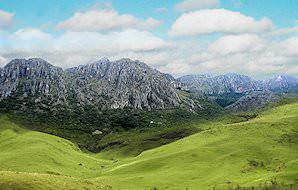
Chimanimani National Park
Rugged mountain wilderness ideal for hikers seeking solitude and adventure.
Zimbabwe Travel Facts
General travel information about Zimbabwe, its people, and its wild places.

Zimbabwe is easily reached from South Africa with frequent flights to Harare, Bulawayo, and Victoria Falls. From these hubs, safari areas are accessed overland or by light aircraft charter.
Highlights of Zimbabwe
Zimbabwe offers iconic natural wonders, rich history, and superb safaris. From the roar of Victoria Falls to remote wilderness and ancient stone cities, it’s a destination full of contrasts and rewards.
- See Victoria Falls, one of the Seven Natural Wonders.
- Explore Hwange’s huge elephant herds and predators.
- Walk or canoe among wildlife in Mana Pools.
- Visit the ancient stone city of Great Zimbabwe.
- Cruise or fish for tigerfish on Lake Kariba.
- Hike cool trails in the lush Eastern Highlands.
- Track rhino and view rock art in Matobo Hills.
- Discover Gonarezhou’s red cliffs and wild landscapes.
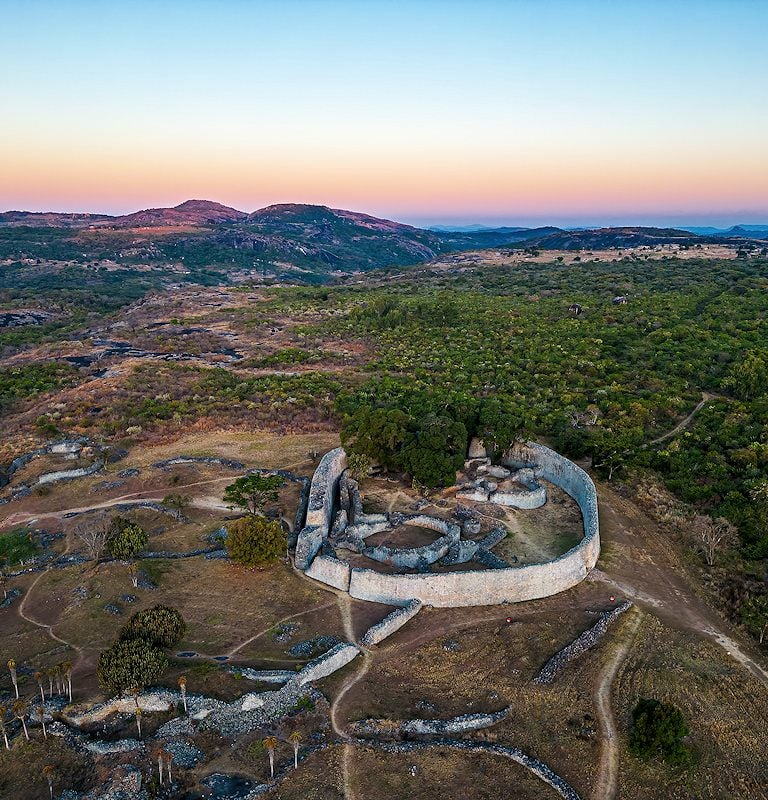
Foods to try in Zimbabwe
Zimbabwean cuisine offers hearty staples and regional specialties.
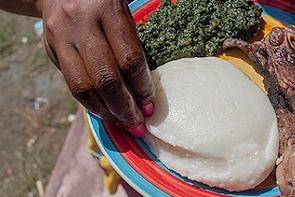
Sadza
‘Sadza’ (Shona) is a thick ground-maize porridge. Eaten with the right hand, it’s rolled and dipped into relishes — stews, leafy greens, or sour milk.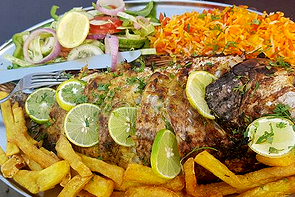
Tigerfish
The Zambezi is renowned for powerful tigerfish. Locally, fish is often cut into small pieces and fried as a snack or served as part of a shared meal.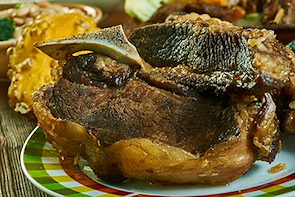
Nyama
‘Nyama’ (meat) commonly refers to a simple beef stew served with sadza — cubes of beef with onions, tomatoes, garlic, and vegetables.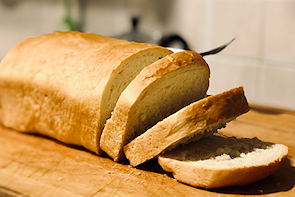
Chimodho
Also called ‘mupotohayi,’ this cornmeal bread is best enjoyed warm with butter, jam, or marmalade.Zimbabwe Travel FAQ
Tourism is well established and most trips are trouble-free when using reputable operators. As with any destination, stay aware of your surroundings, keep valuables secure, and follow local guidance—especially around wildlife and rivers.
Electricity is 220–240V, 50Hz; Type G plugs. Power cuts occur occasionally; many properties have backup.
Rhodesia, prior to 1980.
South Africa, Botswana, Zambia, and Mozambique.
Best in cities and Victoria Falls; remote parks can be patchy or offline.
Yes. Quality lodges and hotels provide bottled or filtered water.
Elephant, lion, leopard, and buffalo are common in major parks; rhino are mainly in protected areas, so sightings are less frequent.
More main cataracts are visible year-round from Zimbabwe; Zambia’s side can reduce to smaller flows at low water.
Zimbabwe Gold (ZiG) is the local unit; US dollars are widely accepted in tourism. Confirm payment methods in advance.
Fly to VFA, HRE, or BUQ. Hwange is by road or short flights from Vic Falls; Mana Pools is via Harare plus charter flight or guided transfer.
Many nationalities use e-visas or visas on arrival. The KAZA UniVisa (when available) covers Zimbabwe & Zambia and day trips to Botswana—always check current rules.
Keep routine vaccines current; Hepatitis A and typhoid are commonly recommended. Malaria prophylaxis is advised in many regions; bring repellent.
Dry season (May–Oct) offers the best general game viewing, peaking Sep–Oct. Green season (Nov–Apr) is lush with great birding but can be hot and humid.
Popular Activities
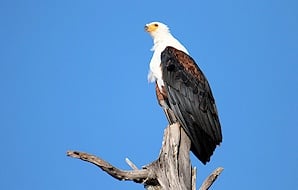
Birding
The best period for birdwatching is roughly October–March. It can be very hot in the Zambezi Valley then, but keen birders are rewarded. Over 650 species are recorded nationally (none strictly endemic). The African pitta is a sought-after summer migrant. Top areas include Victoria Falls & Zambezi NP, Mana Pools, Hwange, and the cooler Eastern Highlands.
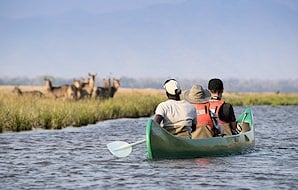
Canoeing
Canoeing safaris focus on the Zambezi below Victoria Falls — especially between Mana Pools National Park (Zimbabwe) and Lower Zambezi National Park (Zambia). Options range from day trips to multi-day guided adventures with superb wildlife viewing from the water.
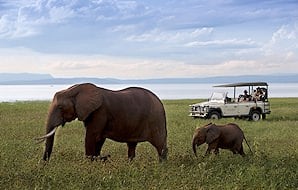
Mobile Safaris
Mobile camping safaris operate in parks like Hwange and Mana Pools. Trips range from participatory camping to more luxurious fully serviced setups — all delivering immersive, uncrowded wilderness experiences.
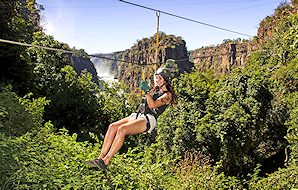
Victoria Falls Activities
The Victoria Falls area offers relaxed pursuits like sunset cruises and cultural tours, plus adrenaline options such as whitewater rafting and bungee jumping (water-level dependent).
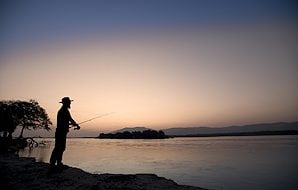
Fishing Trips
Tiger fishing on the Zambezi and Lake Kariba is a major draw. Other species include tilapia varieties and river fish like chessa and nkupe. In the Eastern Highlands, trout streams and dams offer scenic angling.
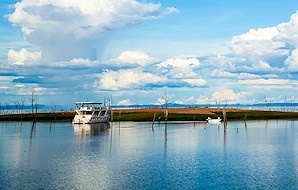
Houseboating
Lake Kariba has a wide range of houseboats (from small groups to 30-berth vessels) out of Binga and Kariba town. Expect serene cruising, wildlife along the shorelines, prolific hippos and crocs, fishing, and dazzling sunsets.
The People of Zimbabwe
Shona
Zimbabwe’s indigenous peoples are largely of Bantu origin. The Shona make up roughly 70–80% of the population and include six major groupings: Zezuru (around Harare), Manyika and Ndau (east), Korekore (north/northeast), Karanga (Midlands), and the Rozvi. Many Shona live across Mashonaland and the country’s central and eastern regions.
Ndebele
The Ndebele (with historical links to South Africa’s Zulu) are concentrated in Matabeleland, centered on Bulawayo, and comprise roughly 15–20% of the population.
Other Groups
Smaller groups include the Tonga communities along Lake Kariba and the Zambezi, the Venda near Beitbridge, and the Shangaan in the southeast around Gonarezhou — with cultural ties into Mozambique and South Africa.
Sites of Interest
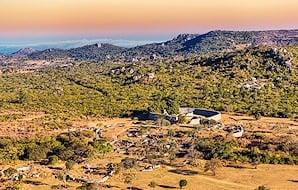
Great Zimbabwe
Zimbabwe’s most significant archaeological site lies ~25 km southeast of Masvingo and spans ~722 hectares. The dry-stone architecture—including the Great Enclosure and Hill Complex—reflects a sophisticated state that flourished for centuries. The soapstone birds found here are a national symbol.
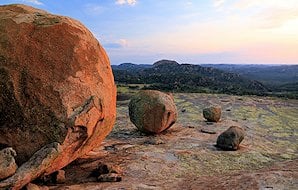
Matobo Hills
Less than an hour south of Bulawayo, a dramatic landscape of balancing granite kopjes and sweeping whaleback domes holds thousands of rock-art sites and a record of human occupation spanning tens of millennia.
Geography of Zimbabwe
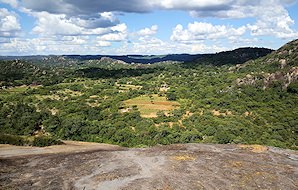
Zimbabwe Plateau
The central highveld averages ~1,500 m in elevation. The Great Dyke — a mineral-rich linear ridge — runs northeast to southwest, hosting important deposits including PGMs and gold.
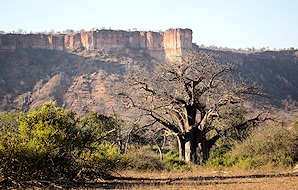
Lowveld
The plateau steps down through middle-veld to lowveld areas around 150 m above sea level in the far south (Beitbridge/Gonarezhou) and along the Zambezi Valley in the north and northeast.
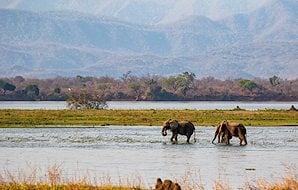
Zambezi Escarpment
In the north and northwest, the plateau drops sharply to the Zambezi Valley, forming the escarpment. To the south, the land slopes more gradually toward the Limpopo.
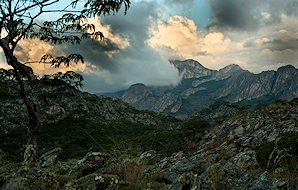
Eastern Highlands
A ~250 km north–south mountain chain along the Mozambique border, peaking at 2,592 m on Mount Nyangani. The range creates a cooler, wetter microclimate with montane forests and grasslands.
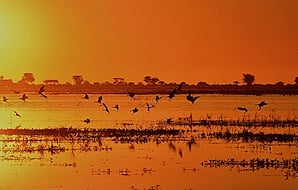
Zambezi River
Victoria Falls sits at Zimbabwe’s northwest tip. Downstream, the Zambezi is dammed at Kariba to form ~200 km long Lake Kariba — among the world’s largest man-made lakes. Numerous smaller rivers rise in the highveld to feed the country’s basins.

